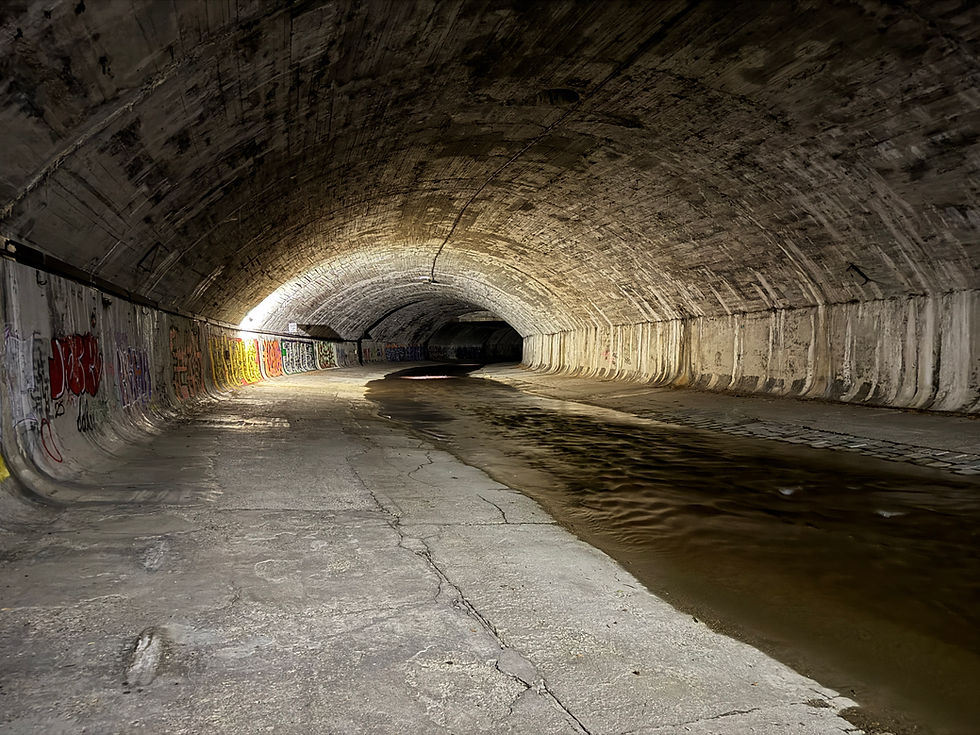Festung Hohensalzburg - a Huge Fortress Full of Fancy History
- Mika Vepsalainen
- Dec 10, 2022
- 3 min read
Updated: Apr 19, 2023
Join us for a visit to the biggest and probably best preserved fortress in Europe where you will see the political aspirations of the catholic church combined with those of worldly princes.

The Hohensalzburg Fortress, Festung Hohensalzburg is a large medieval fortress in Salzburg, on top of the Festungsberg at 506 m above the sea level. The fortress is 250 m long and 150 m wide making it one of the largest medieval castles in Europe.
The castle is first mentioned in the Schedel'sche Weltchronik from the 1460s stating that the construction had begun in 1077 under Archbishop Gebhard von Helfenstein. At the time the archbishops of Salzburg were powerful political figures of the Holy Roman Empire and their aim was more to protect their political interests rather than any religious ones. von Helfenstein had a serious conflict with Henry IV as part of the investiture controversy, a fifty-year power battle between monarchies in Europe and the Pope and his church.
The expansion of the fortress lasted for centuries. The ring walls and towers were built in 1462. Further expansions were added from 1495 until 1519. The Reisszug, a primitive water powered funicular took freight to the upper courtyard of the fortress since 1515. The line still exists, albeit in updated form, and is probably the oldest operational railway in the world. The current external bastions were completed in the 17th century as a precaution because of fears of Turkish Invasion.
In 1498, Archbishop von Keutschach had the state apartments installed on the third floor for representative and festive use while he lived in rooms one floor below. The Golden Hall was richly decorated - just have a look at the the 17 metre long beam supporting the ceiling where you will see the coat of arms of Leonhard von Keutschach together with those of the Holy Roman Empire, the most powerful German towns and the bishoprics that were connected to Salzburg.
The Golden Chamber is the most magnificently furnished room of the princely chambers. The benches along the walls are richly decorated with vines, grapes, foliage and animals. They used to be covered with cloth or leather. The walls were also covered in gold-embossed leather tapestry which adorned the lower part of the wall.
The bedchamber is the most intimate room of the princely chambers. The original furniture and precious textiles, such as tapestry, were in the course of time replaced by more modern ones. The elaborate wainscoating to keep out the cold still bears witness to the splendour of the past.
In the castle, the Krautturm houses a large aerophon, a mechanical barrel organ of more than 200 pipes which is called Salzburger Stier (Salzburg Bull) built in 1502 by Archbishop Leonhard von Keutschach. From Palm Sunday to 31 October the "Salzburg Bull" plays daily the Alter Choral at 7, 11 and 18 o’clock.
The only time that the fortress has been under siege was during the German Peasants’ War in 1525 when a group of miners, farmers and townspeople tried to oust Prince Archbishop Matthäus Lang. The fortress was surrendered without a fight to Napoleon during his War of the Second Coalition in 1800. In the 19th century, it was used as barracks, storage depot and dungeon before being abandoned as a military outpost in 1861.
Refurbished in the late 19th century, including with a new water-powered funicular railway from 1892, the fortress became a tourist attraction and he fortress is probably the best preserved castle in Europe today. During the early 20th century it was used as a prison, holding Italian prisoners of war during WWI and Nazi activists before Germany's annexation of Austria in March 1938.
As a curious fact, Count Nepomuk Wilczek acquired a large collection of medieval furnishings and historical artefacts for his Burg Kreuzenstein north of Vienna and one of the oldest surviving medieval catapults was brought there from Hohensalzburg.
This wonderful museum is unfortunately not good for wheelchairs and visitors with prams. Although you get there with the funicular and the loos and the courtyard are accessible, the most part of the route inside the castle contains several stairs without a lift. A lift in the bell tower provides unhindered access to the castle courtyard, to the exhibition in the armoury, the tavern, the Kuenburg bastion and the puppet museum. For the rest of the indoor areas, accessibility is limited.
There are loos in in the inner yard at the large shop and immediately after the tour at the second shop, the latter not accessible. Disabled toilets are located next to the Info Point and inside the fortress restaurant.
There are two restaurants in the museum, one at the top of the lift up from town and another, former fortress staff diner mid-tour. Both might be interesting to visit.
There are two museum shops. The larger one is mid-tour in the inner yard and the smaller one at the end of the tour just before you get out.
Festung Hohensalzburg
Mönchsberg 34, 5020 Salzburg
www.festung-hohensalzburg.at
















































Comments